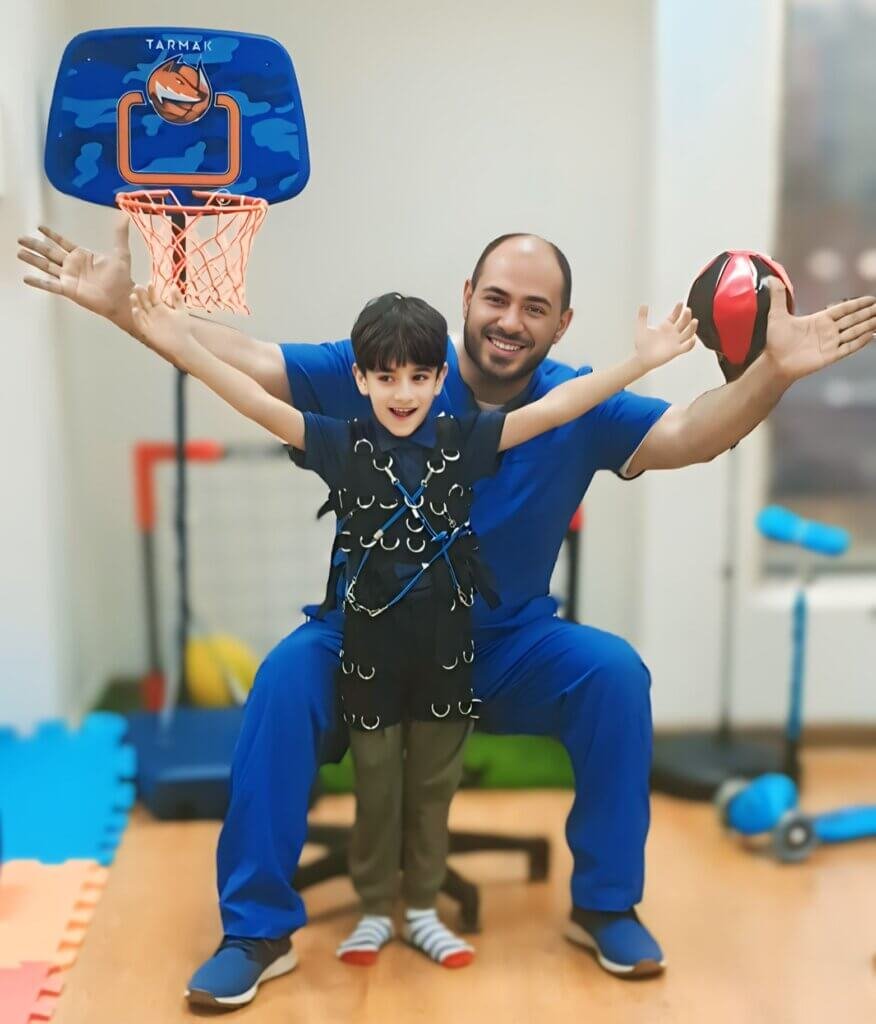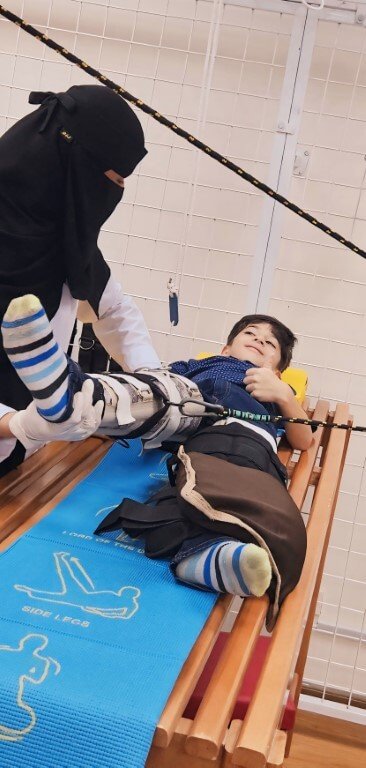
- Muscle strengthening exercises: Use light weights or body resistance to strengthen the muscles of the limbs and trunk.
- Flexibility exercises: Stretching exercises to increase the flexibility of joints and muscles.
- Balance exercises: standing on one leg, walking in a straight line, using a skateboard.
- Coordination exercises: throwing the ball, hitting the ball, using hands and feet together.
- Daily living exercises: Simulate daily living activities such as eating, drinking, and dressing.
- Balls: different sizes and weights.
- Carpet: for crawling and standing.
- Rope: for climbing and swinging.
- Pillows: For support and balance.
- Games: To encourage interactive play.











